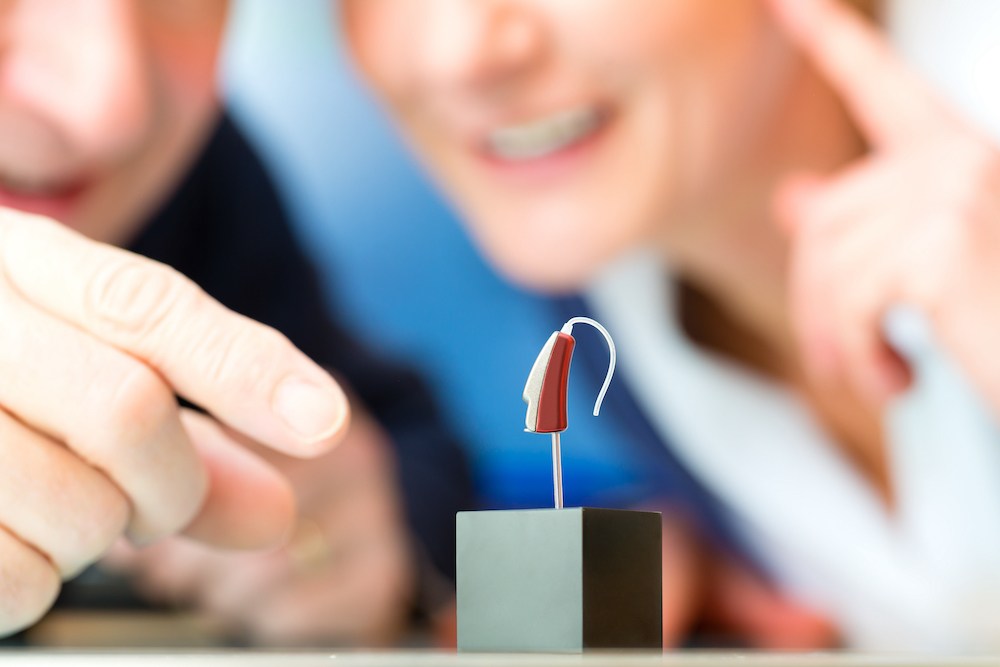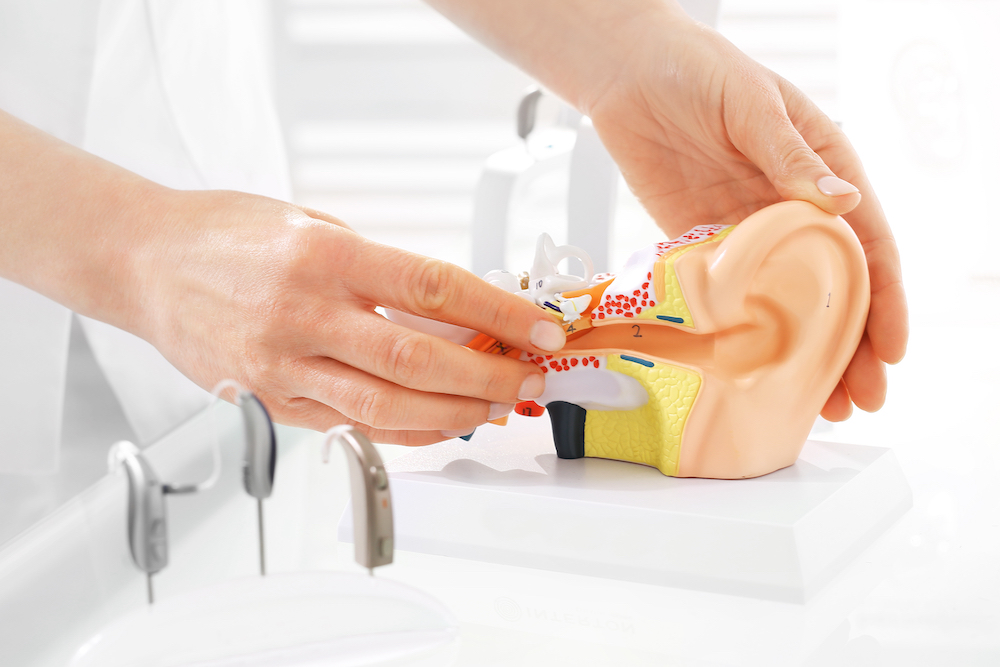Why Is There No Cure for Tinnitus?
Tinnitus is ringing or buzzing in the ears. Many people who experience

By: admin | November 25, 2023
Did you know that 15% of adults experience a varying degree of hearing loss? While there’s no cure for hearing loss, hearing aids are available that can help to improve hearing range and all-around enhance quality of life. Modern hearing aids are effective, comfortable, discreet and there are a select range of different styles you can choose from. With the help of an audiologist, you can get the right style of hearing aid for you to suit your lifestyle and hearing needs. In this post, we’ll take a look at the most common types of hearing aids available in 2023.
ITE hearing aids are custom fit and sit in the outer bowl of your ear. This type of hearing aid is most commonly used by individuals who are experiencing mild-to-moderately-severe hearing loss, and typically comes with a range of advanced features to cater to your needs. These features can include:
If you have mild-to-moderately-severe hearing loss ITE hearing aids might be the right hearing aid for you. Talk with your audiologist about ITE hearing aids and the benefits they may provide if you choose this style of hearing aid.
ITC hearing aids are sleek, modern, small and sit in the canal part of the ear. They’re usually best for individuals who have mild-to-moderate hearing loss and who want to improve their hearing in a discreet way. Most ITC hearing aids are custom-made so that they fit perfectly in the ear offering a comfortable fit. These hearing aids are suitable for an active lifestyle, as they are less likely to become loose, from physical activity. Due to their smaller size, ITC hearing aids may be harder to use and adjust if you have dexterity issues. Talk with your audiologist about the severity of your hearing loss, and if these will be the right style for you.
BTE hearing aids may be the style most individuals are familiar with. They sit behind the ear, which means that they’re the most visible type of hearing aid available on the market. BTE hearing aids usually have the most features of any type of hearing aid. Some of these features can include, Bluetooth connectivity, directional microphones, noise reduction and rechargeable batteries. They also have large batteries, so you won’t need to worry about changing the battery too often.
IIC hearing aids, are custom fit and sit deep in your ear canal to provide a discreet solution for those with mild-to-moderate hearing loss. Despite their petite size, IIC devices come equipped with advanced features, including the preservation of natural sound quality. This style of hearing aid is favored for its discreet appearance and its effectiveness in minimizing wind noise. However, it’s important to note that the compact size of IIC hearing aids may result in a shorter battery life and individuals with dexterity challenges might find handling these smaller devices more intricate. Talk with your audiologist about IIC hearing aids, and if they would be right for you.
To get the hearing aid that improves your hearing and elevates your quality of life, you’ll first need to speak to an experienced audiologist, who can carefully assess your hearing level. Your audiologist will have their own recommendations, but you can also try out a few different styles of hearing aids to see which one you’re comfortable and will suit your lifestyle. Your audiologist will then fit you for your hearing aid, making the adjustments to fit your hearing profile.
If you’re considering getting a hearing aid, then the first step will be to schedule a hearing test with us at Desert Hearing Care. We’ll take the time to carefully evaluate your level of hearing, and if you need a hearing aid, then we’ll guide you through the options available to you. You can schedule an appointment by calling us today at (480) 374-1846 and speaking to one of our helpful staff members, who will be happy to talk you through the process.
Tags: hearing aid selection tips, hearing aid styles, hearing aid technology

Tinnitus is ringing or buzzing in the ears. Many people who experience
By: admin | May 18, 2022

Most people think that hearing loss is something you might naturally
By: admin | April 20, 2022

Hearing loss is a natural part of aging. However, many people will start
By: admin | March 7, 2022
